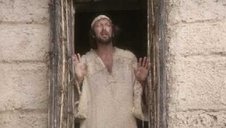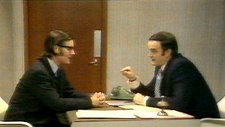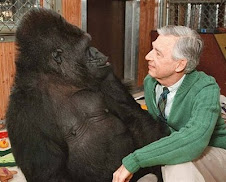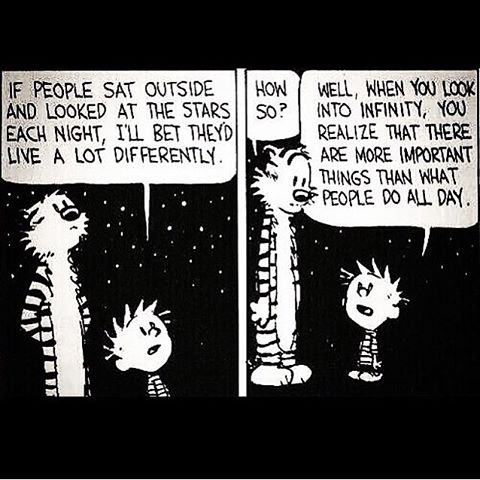This Author meets Critics session on "America the Philosophical" was organized by the Karl Jaspers Society of North America in conjunction with the 90th Annual Meeting of the American Philosophical Association, Pacific Division in San Francisco, California, April 2, 2016.
Thursday, June 22, 2017
America the Philosophical
"America is philosophical not because of the A.P.A. but in spite of it..." Harsh, but not entirely unfair. Past MTSU Lyceum speaker Carlin Romano* meets critics in the lion's den.
*Romano at MTSU-
Monday, June 12, 2017
Bertrand Russell Now
The current edition of Philosophy Now has been commandeered by Russellians:
The following articles by members of the Bertrand Russell Society aim to show why, almost fifty years after his death, he remains both an important figure in the history of philosophy and a role model for those who – in the spirit of Philosophy Now – want to make philosophical inquiry accessible to all.To what extent does Russell continue to have a significant influence on modern times? A generation has passed since Russell’s death, and the number of people who knew him by direct acquaintance is dwindling. Recently, in my capacity as President of the Bertrand Russell Society, I received a call from a woman who had seen a listing for the Society in which my phone number was given. “Are you Bertrand Russell?” she asked me. I was rather taken aback (albeit flattered) that someone could even ask such a question. While I can’t in good faith claim to be Bertrand Russell, I can honestly say I’ve shaken the hand of people who shook his hand. Two degrees of separation!
Tim Madigan is the President of the Bertrand Russell Society and has been known to shave those who do not shave themselves, including himself. For information on the Bertrand Russell Society please see bertrandrussell.org.
Peter Stone reveals the deep and varied passions of the analytic philosopher.
John R. Lenz tells us why Russell thought philosophy worthwhile.
Tim Delaney finds joy in Bertrand Russell’s The Conquest of Happiness.
Tony Simpson tells us how the Russell-Einstein manifesto led to Pugwash.
John Ongley investigates what Bertrand Russell thought about human reason.
Landon D.C. Elkind explains why Russell believed logic can set thought free.
Saturday, June 10, 2017
Tolstoy's blisters
Note to spiritual pilgrims: wear comfortable shoes.
On this day in 1881, Leo Tolstoy (books by this author) set off on a pilgrimage to the Optina-Pustyn monastery.Spiritual transcendence in bad footwear is just about impossible.
He was 52 years old, and his two greatest novels, War and Peace (1869) and Anna Karenina (1877), were behind him. He had found himself in a crisis—he was famous, had a family and land and money, but it all seemed empty. He was unable to write, had trouble sleeping, contemplated suicide. He read the great philosophers, but found holes in all of their arguments. He was amazed that the majority of ordinary Russians managed to keep themselves going every day, and he finally decided that it must be their faith. From there, it was a short time until Tolstoy took a walk in the woods and found God. He wrote: "At the thought of God, happy waves of life welled up inside me. Everything came alive, took on meaning. The moment I thought I knew God, I lived. But the moment I forgot him, the moment I stopped believing, I also stopped living."
His wife Sophia was not so thrilled with his conversion. He renounced meat, sex, alcohol, fiction, tobacco, and the temptations of a family. He dressed like a peasant. He wanted to give all of his money away, but Sophia wanted to live what she considered a normal life, not to mention raise their 10 children.
Tolstoy made his first visit to Optina-Pustyn in 1877, a visit in which he apparently exhausted the chief starets—or community elder—with his questions. On this day in 1881 he set off on a second visit, and this time he decided that to be more like the common people, he would walk all the way there, dressed in his peasant coat and wearing shoes made out of bark. He was pleased with his spiritual guidance, but he wasn't used to walking in bark shoes, so by the time he made it to Optina his feet were so covered in blisters that he had to take the train back home. WA
Friday, June 2, 2017
American Philosophy: A Love Story
Robert Richardson on John Kaag's American Philosophy: A Love Story.
There is a strange daylight magic in this book. It is part memoir and part flyover of American philosophy, which, says Kaag, “from Jonathan Edwards in the eighteenth century . . . to Cornel West in this one, is about the possibilities of rebirth and renewal” (66). The book is also clearly and beautifully written. I picked it up for a quick look and couldn’t put it down. Not since Pirsig’s Zen and the Art of Motorcycle Maintenance have I read such a mesmerizing confluence of personal experience and formal thought. A young philosophy professor dangling at the end of a failed marriage, depressed and not at all sure life is worth living, stumbles upon a magnificent abandoned stone library deep in the New Hampshire woods. The lost library is crammed with old rare incredibly valuable books — all the classics of American philosophy and its German, English, and French antecedents. As the narrator struggles with his life (and with the problem of what to do about this hidden treasure) so he struggles with the main lines of American thought from Transcendentalism to Pragmatism and beyond. A female colleague, a Kantian, joins him in his strange mission and in the string of personal experiences that follow, the narrator takes us back and forth from learning to love until he can answer the question is life worth living with a sly “it depends on the liver” (8) and a modestly rapturous “maybe” (235). Kaag’s notion of philosophy is not technical or academic in the usual ways. Heidegger once started a class on Aristotle with a disdainful dismissal of the biographical. Of Aristotle’s life he said “He was born. He thought. He died.” 1 Heidegger had more reason than most to avoid biographical illumination, but his low view of the subject is fairly common in some quarters. Not, however, with John Kaag, who writes “Royce’s lectures on German Idealism began where all philosophy does, in biography” (166). That is to say, in life. And if philosophy couldn’t help us lead better lives, most of us wouldn’t care two pins for it. American Philosophy: A Love Story is saturated with William James’s thought and life. Even so, Kaag is, I think it fair to say, a Roycean; he is drawn more to a life with others — to community — than to individualism, however splendid. But he gives equal time to Emerson, Thoreau, James, Hocking, and so many others (Descartes, Hobbes, T.H Huxley, etc., etc.) that I would advise a beginning student to read this book rather than those of Father Copleston or Will[iam James] Durant for an overview of American thought. And beyond overview, Kaag has many new things for us, the relationship between Emerson and Henry Lee, that between William James and Pauline Goldmark, and that between Ernest Hocking and Pearl Buck. There is a fresh bit on Royce’s last words, another on the origins of Shady Hill School, a reappraisal of Jane Addams and much, much more. American Philosophy: a Love Story is then a brightly written, thoroughly accessible, sometimes moving account of a young life in philosophy. (It is also an adventure story about the discovery of the lost library of Ernest Hocking.) Kaag teaches courage, risk-taking and above all reading. He would, I think, agree with the comment attributed to Borges that “you are not what you write, but what you have read.” And his book goes on my shelf with other books in which philosophy lives, with Jacques Barzun’s A Stroll with William James, Margaret Yourcenar’s Memoirs of Hadrian, Louis Menand’s Metaphysical Club, Stephen Greenblatt’s The Swerve, Richard Rubenstein’s Aristotle’s Children, Mary Renault’s The Last of the Wine and Simone de Beavoir’s Memoirs of a Dutiful Daughter. Kaag leaves us with what Goethe, Emerson, and William James all agreed on. In the beginning was not the word, but the deed, the act. The way forward is not twelve steps, or ten or three. It’s just one. Don’t sleep on it, sit on it, stand on it, or take it for a trial spin. Take the step, You have to do what you can, and you have to do it right now.
Robert D. Richardson
WILLIAM JAMES STUDIES VOL. 13 • NO. 1 • SPRING 2017
Subscribe to:
Posts (Atom)


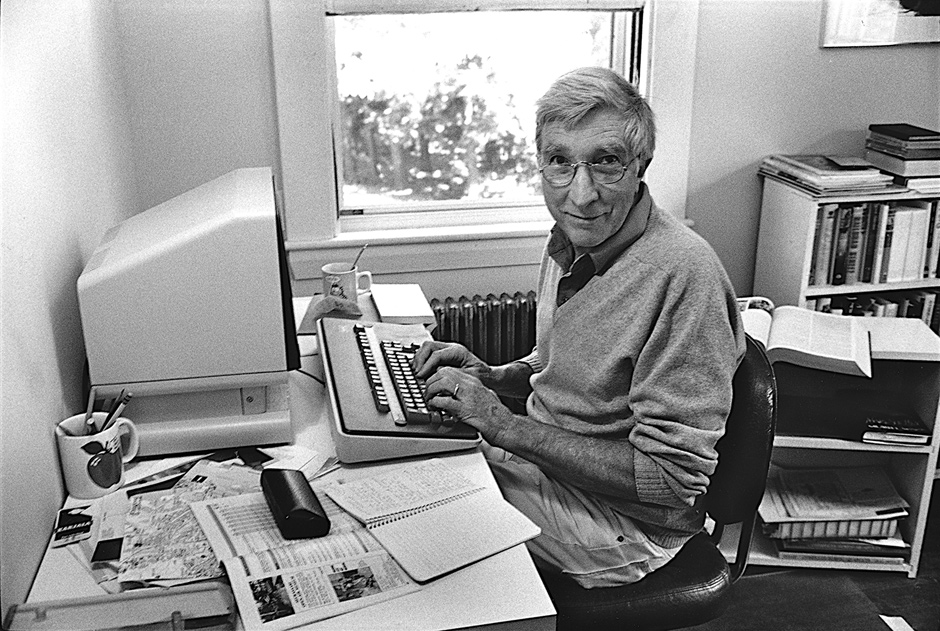


 Charles Darwin (
Charles Darwin (



